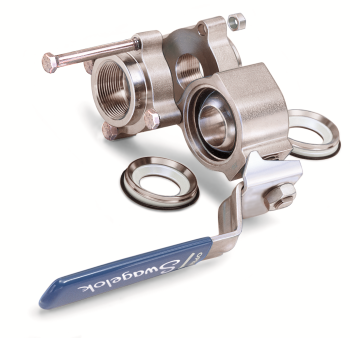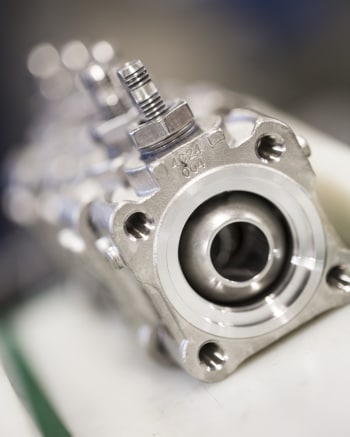Tips and Traps: Select Your Next Valve With Confidence
Tips and Traps: Select Your Next Valve With Confidence
When selecting a valve for an instrumentation system, your choices may seem overwhelming. There are many different types of valves, and making selection even more difficult are the many sizes, configurations, materials of construction, and actuation modes available. To make the best choice, it is always a good practice to take a step back and review the application in detail.
Know Your Application
When choosing a valve, you must have certain pieces of information in hand, including the chemical composition of the system media and the full range of pressure and temperatures over the course of the valve’s life. Make sure your valve choice can accommodate these parameters. Don’t go with hunches or approximations; consult the product data.
Check Material Compatibility
It’s entirely possible to have the right valve but the wrong materials of construction. Valves are often manufactured with a standard set of materials, but there are alternatives available. You should always check the product catalog to identify temperature and pressure ranges, as well as compatibility with different system media (chemicals). When in doubt, consult the manufacturer.
Know Your Maintenance Schedule
Different valves have different maintenance schedules, and your system parameters, including the number of times the valve is cycled, will affect this schedule. The valve’s maintenance schedule needs to be manageable for your maintenance team. 
Understand Pressure Drop
Most every valve – and many other components in fluid systems – produces a drop in pressure. You need to be aware of the cumulative pressure drop because otherwise you may end up with too little pressure at a certain point in the line. Every valve is rated with a flow coefficient (Cv), which describes the relationship between a pressure drop across an orifice, valve, or other component, and the corresponding flow rate. The higher the Cv, the lower the pressure drop. A ball valve and needle valve of the same size will produce very different pressure drops. The ball valve will produce very little pressure drop, whereas the needle valve (or other globe valve) will produce a significant pressure drop.
Cost of Ownership Trumps Price
The true cost of a valve is not its purchase price. The true cost is the purchase price plus the cost of owning and maintaining or replacing that valve over time. To calculate the cost of ownership, you must know how long a valve will operate in your particular system between maintenance checks. Maintenance costs must be figured not only in replacement parts, but also in labour and downtime. Note that some valves are much easier to service than others – some can be serviced in place; others must be removed from the process line. Also, given your valve choice, consider what the chances are of unscheduled maintenance and downtime.
Swagelok 60 Series Ball Valve

For more information on Swagelok’s 60 Series ball valve offering, including our quick look brochure, product literature, valve sizing technical bulletin and 34-page eBook, click on the button below.



